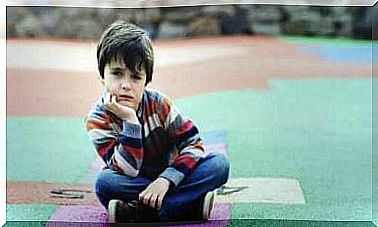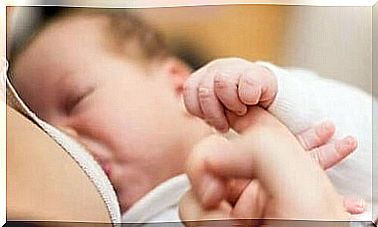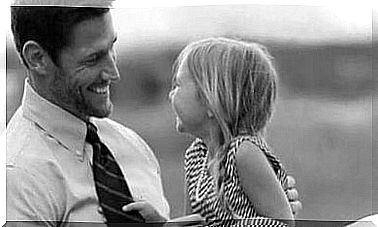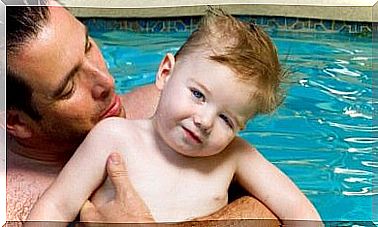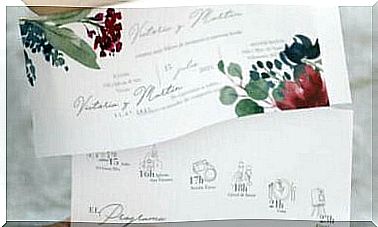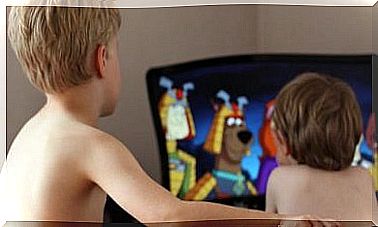When To Teach The Child To Drink Water From The Glass?
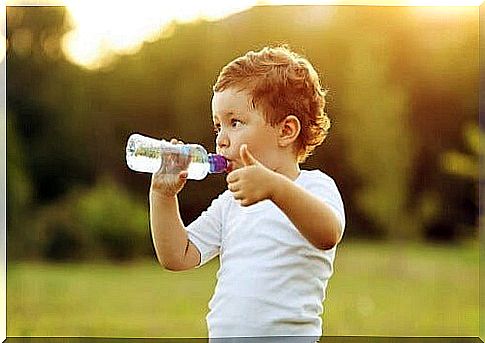
During their developmental stages, children face challenges that are often enormous for them every day, such as learning to walk, talk or drink water from the glass. When they leave the mother’s breast and move on to the bottle, few think about the emotional and psychological impact of this step. Your child will be forced to say goodbye to a number of elements that bring him security, peace of mind and pleasure. But all of this is inevitable, since this is how life works. And, of course, the role of parents becomes crucial.
At what age can children drink water from the glass?
At the age of 6 months, you can usually start giving your baby water to drink for the first time. This is an important step as he previously only consumed milk. Unless there are health problems, they should never be offered water before the second trimester of life.
In this phase, in fact, complementary nutrition is introduced. while breast milk intake is reduced, with the new presence of water, fruit juice or cow’s milk. This is why it is good to teach your child to drink directly from the glass, instead of continuing to use the bottle.
Before 7-8 months, babies do not have sufficient motor skills to use the glass with ease and, at times, it may be useful to return to the bottle. This process will allow the baby to gradually get used to it, losing that feeling of total dependence on the mother created in the very first months of life.
To start this learning phase, we recommend that you prefer plastic cups with handles and spouts to avoid breakage in the event of a fall, or special baby bottles with a smaller and easier to grip structure.
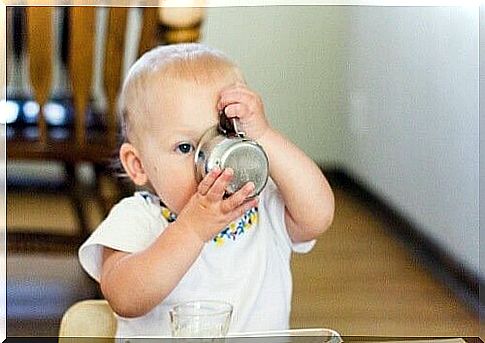
Some advices
Which glasses to choose?
- Definitely those made of non-toxic materials. Since glass ones could easily break, the best choice falls on silicone glasses. It is an elastic rubber material, odorless, tasteless and very resistant to harmful substances and high temperatures.
- Use glasses with nice designs and colors, to arouse the attention and curiosity of the little ones who will be more motivated to use and play with them.
- The mouthpiece should be soft and also made of silicone.
- Make sure that it has a non-drip cap (to prevent spilling of liquids) and an ergonomic handle, suitable for the size of your little one’s hands.
Transition times: from bottle to glass
Not all children are the same, they all have different times that go hand in hand with their development process. Their motor skills also vary between peers, so parents will need to be able to understand their child’s level of dexterity. In general, from one year of age, everyone can drink water on their own.
The first few times, it is normal for the little ones to end up getting wet and scattering water a little everywhere. The bottle may fall out or the liquid will often come out of the spout. But don’t be angry: after some time your child will be able to bring the glass to his mouth without dropping a drop.
The glass “of the great”
Once the child is 2 years old, he will have acquired the dexterity necessary to do almost everything by himself. At this stage, therefore, it will be possible to switch to glasses more similar to normal ones, without caps or spouts.
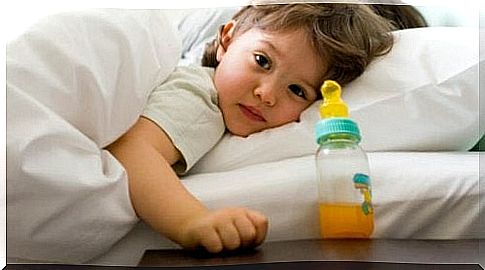
Final recommendations
- Be patient and always respect the development rhythms of your little ones.
- The first few times, you can moisten the nozzle of the bottle with breast milk and give it to the baby, who will be attracted by the taste and smell that he considers familiar.
- Vary the content: in addition to plain water, you can add fruit juice or milk.
- Check that the nozzles and anti-drip caps are open before offering the bottle or glass to the baby: if closed, he will try hard to suck but nothing will come out.
- Teach him to drink water from the glass by example, showing him how to do it.
- Avoid making him use glasses with a spout for too long. The transition to drinking water from the normal glass should not be excessively long.
- The hygiene care of bottles and glasses must be very high, avoiding the proliferation of bacteria and molds.
